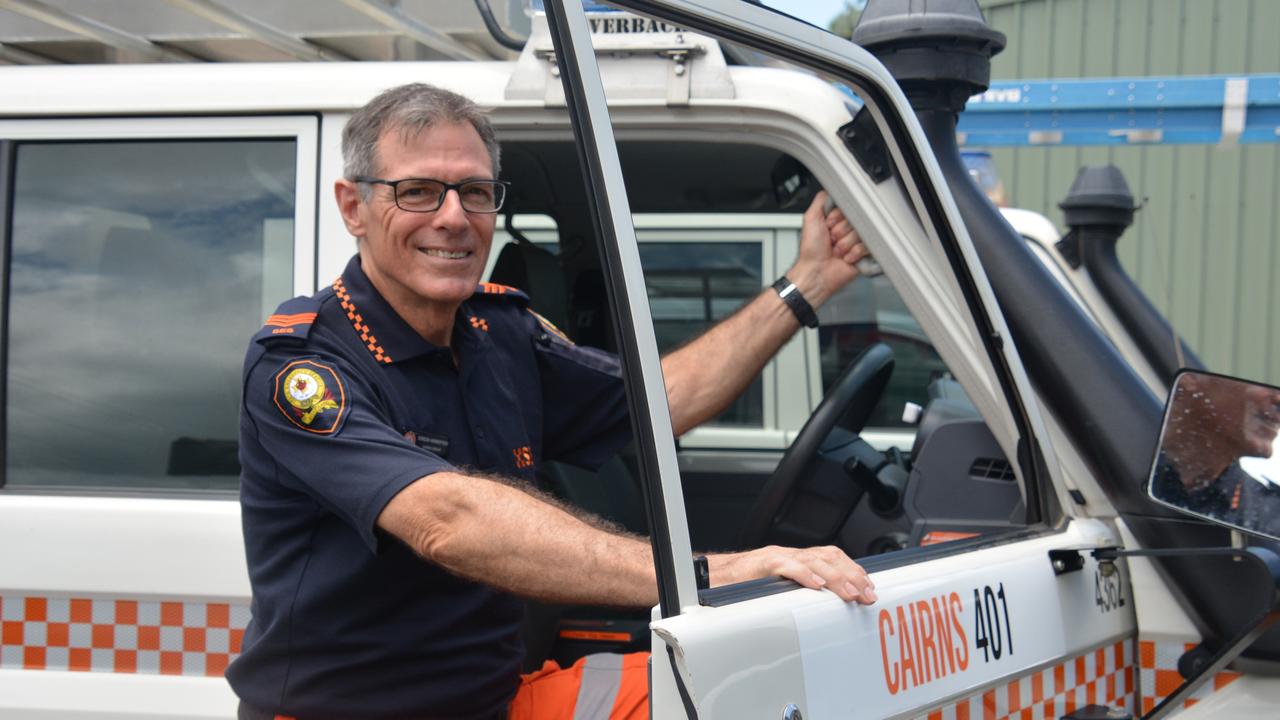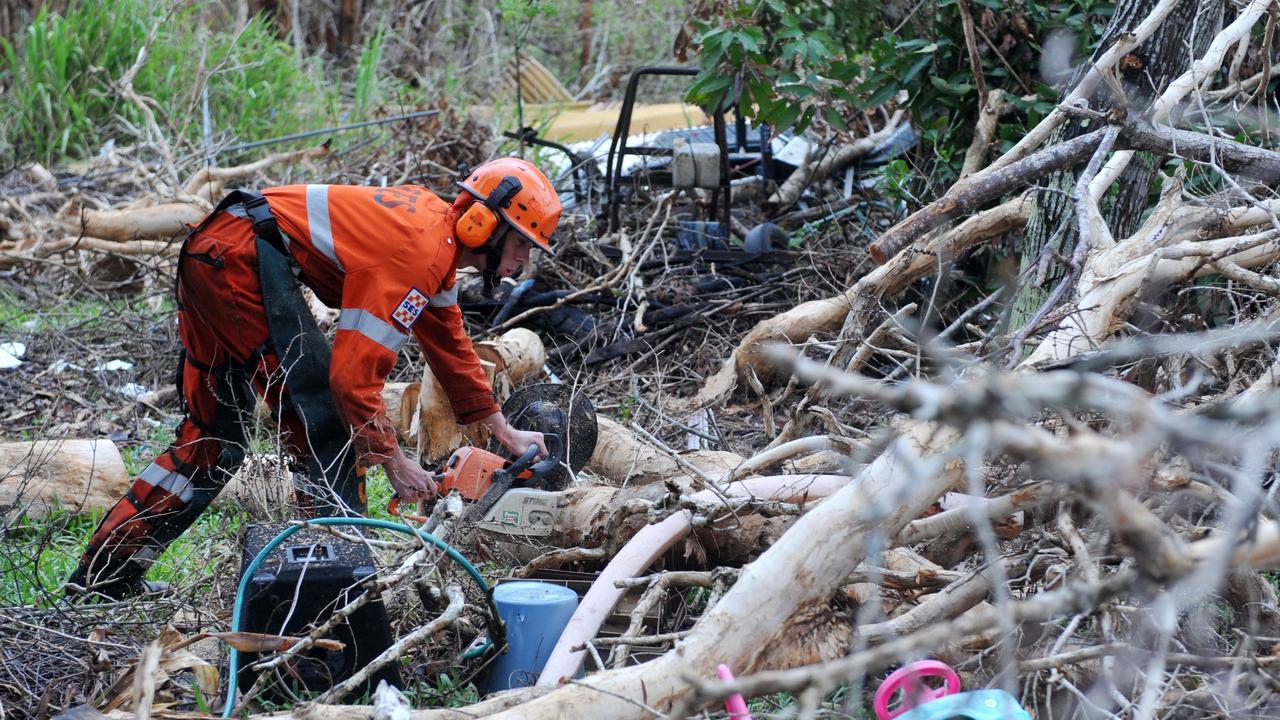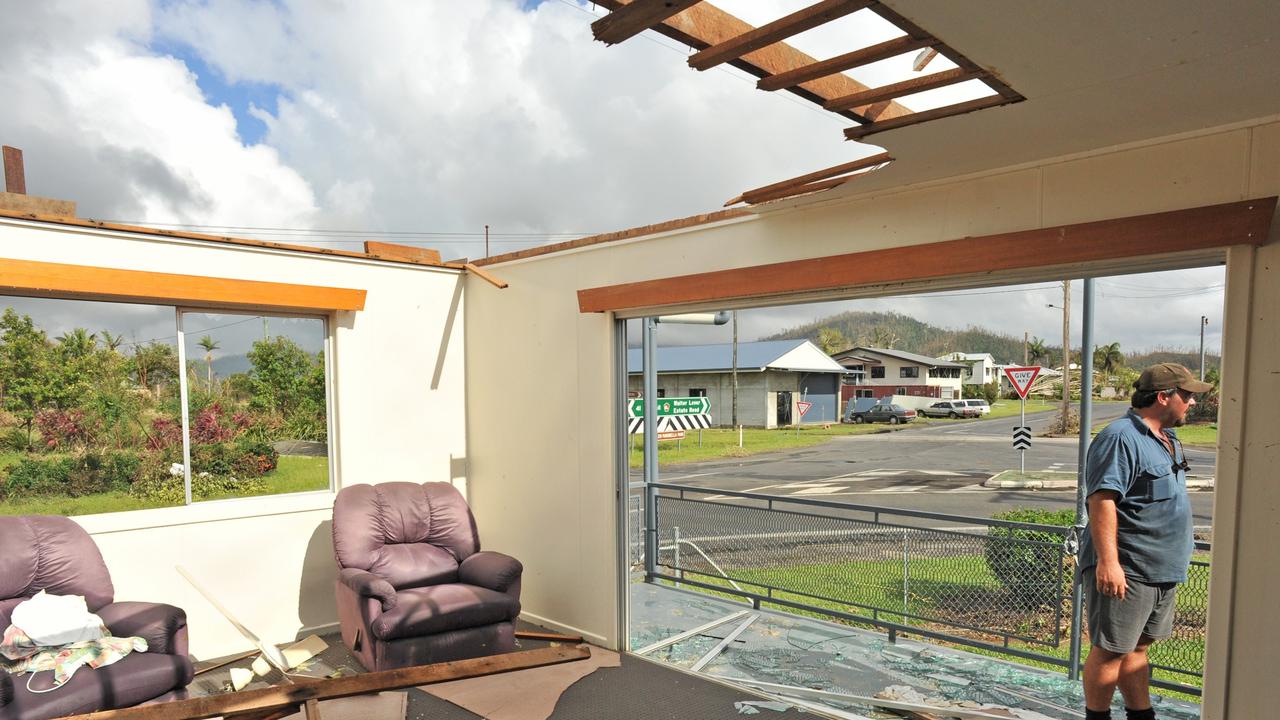Cairns SES essential advice on what to do before and during a cyclone
A seasoned SES team leader offers critical advice on what to do ahead of a potential cyclone and what not to do during the cyclone. FREE TO READ
State Emergency Service (SES) teams have been preparing for a potential cyclone in Cairns for several months but SES Cairns team leader Gordon Herbertson has critical tips for Far Northerners with Cyclone Jasper nearing.
“We’ve got plenty of sandbags, sand, tarpaulins, all the vehicles and storm trailers are ready and fully stocked – Cairns can have three to five teams out so that’s 15 or 20 on the ground, and we can get five or six teams out if we have the volunteers,” Mr Herbertson said.
There are also SES teams at Buchans Point, Trinity Beach, Holloways Beach, Machans Beach, Edmonton, Gordonvale and Kuranda.
“We wait and see, and we’ll know by Tuesday, but everyone should prepare as if it is going to hit Cairns, that’s my advice,” Mr Herbertson said.

“If you’ve got a plan, and an emergency kit, even though a cyclone can be very scary, once you’re prepared you can get through without injury and minimal damage – if you don’t plan, things can go very wrong.”
He said cyclone shelters were for those whose homes were going to be flooded.
Emergency kits should include non-perishable food that doesn’t need to be heated, a first aid kit, torches and a radio.

“The third tip is to go around the house now and make sure there’s no debris in the yard, and talk to your neighbours, because sometimes your property is safe but your neighbours haven’t done anything about their trampoline in the back yard, and that’s what lands on your roof and destroys your home,” Mr Herbertson said.
“Get leaf litter out of gutters – 90 per cent of the time a leak is because gutters are full, not because there’s a hole in the roof.”
He said identifying the safest place in the house – often the bathroom or laundry, and away from windows, was vital.

“If you’ve got time, put masking tape on the windows in a noughts and crosses pattern, that’s stronger than a cross,” he said.
A critical tip during a cyclone is to keep windows and doors on the side away from the wind open.
“I have seen damage done to houses where people have locked the house up totally, and because of the pressure difference inside and outside the house, windows break.”
He strongly advises against using candles or any lighted flame during a cyclone.
“Get mattresses ready for you and the kids and get everything you need, and do not go outside during the storm, even if you hear someone in distress,” he said.
More Coverage
Originally published as Cairns SES essential advice on what to do before and during a cyclone




